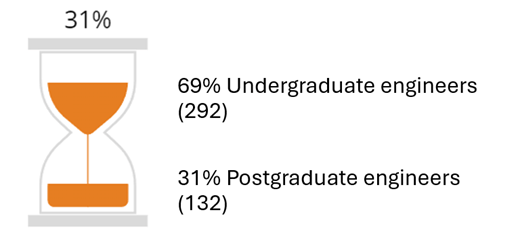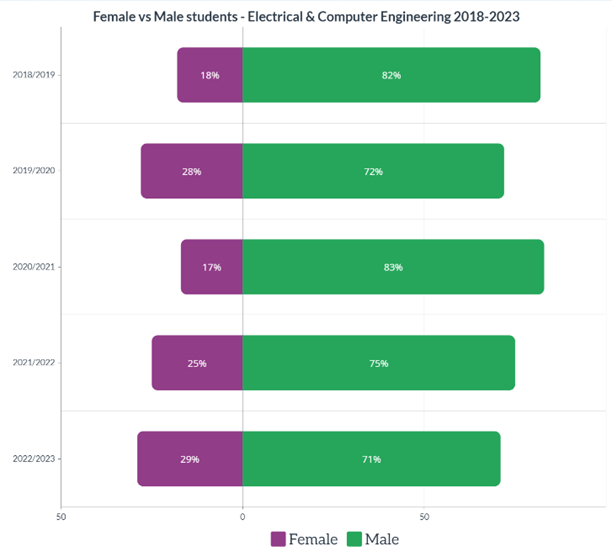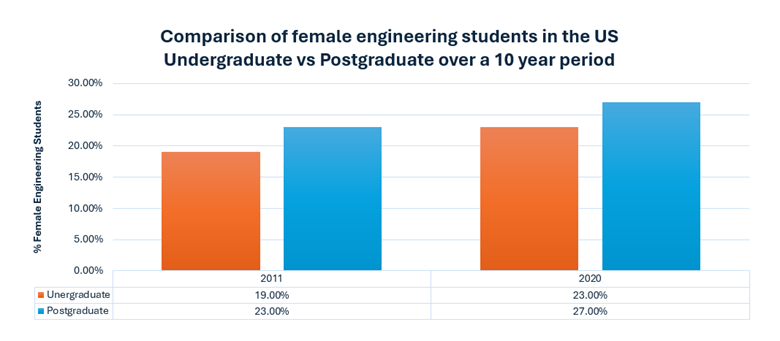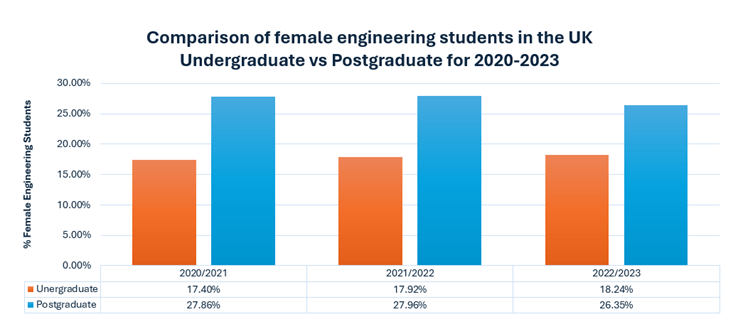What is Lubrication?
Lubrication is the process of reducing friction, wear, and heat between moving surfaces by introducing a lubricating substance, such as oil or grease.
The Purpose of Lubrication
If you walk into any industrial facility, you will find lubricants. While they come in all types of textures (greases or oils), viscosities, and packaging, one thing remains true: We need them. Lubricants were designed to reduce friction as their main function. However, that’s not their only use.
Although lubricants can effectively reduce friction, they can also reduce or transfer the heat built up in machines. This only applies to oils circulated through the systems and not grease that remains in place.
Additionally, lubricants can minimize wear by providing an adequate film to separate surfaces from rubbing on each other.

Lubricants also help improve the efficiency of the machine by removing heat and reducing friction. They can also remove contaminants (for oils that are circulating, not grease) and transport them away from the machine’s internals. This is due to some additive technologies (such as dispersants or detergents).
Depending on the type of lubricant or its application, its function can also change. For instance, hydraulic oils are specifically used to transmit power, something that gear oils or motor oils cannot do. On the other hand, the lubricant can be considered a conduit of information if condition monitoring is considered.
Lubricants provide several functions depending on their application and environment. However, the main functions of a lubricant include reducing friction and wear, distributing heat, removing contaminants, and improving efficiency.
How Lubrication Reduces Friction and Wear
At the heart of lubrication is the main function of overcoming friction. When two parts move or two surfaces rub against each other, microscopic projections called asperities exist. Even on what appears to be smooth surfaces, asperities exist, and when these move over each other, friction is produced, which in turn can generate heat and cause wear.
Wear can typically occur in various forms, but in many of these, the touching of the asperities serves as the trigger point for wear to occur.
This is where lubricants really make a statement. They serve to provide a barrier between the two surfaces, almost allowing them to float over each other seamlessly. As such, friction is reduced once the asperities are kept apart, and this even influences a reduction in the occurrence of wear.
Wear can typically occur in various forms, but in many of these, the touching of the asperities serves as the trigger point for wear to occur. With the presence of the appropriate viscosity of lubricants, these asperities can be kept apart, and the occurrence of wear can be diminished significantly.
The Role of Lubrication in Preventive Maintenance
As we have noted above, proper lubrication can help to prevent wear. This is one of the many characteristics which make it ideally suited as a tool for preventive maintenance.
As defined, preventive maintenance can help maintenance professionals schedule time-based tasks / prescribed intervals1. Any maintenance manual will include prescribed intervals at which lubricants should be changed (typically after 500 hours or 5000km).
OEMs (Original Equipment Manufacturers) defined these intervals as general guidelines for machine operators. This gives operators an idea of the lubricant’s expected life or the duration after which it would no longer be able to perform its functions adequately. By changing the lubricants at these intervals, one could avoid unplanned downtime.
Another aspect of lubrication associated with preventive maintenance is relubrication intervals. In some machines, there are minimum required reservoir levels that need to be maintained.
However, depending on the system, there may be some expected loss of lubricants during its lifetime. As such, relubrication intervals can help prevent unwanted downtime by injecting new oil or grease (with fresh additives) and maintaining the required reservoir levels.
Find out more in the full article, "Lubrication Explained: Types, Functions, and Examples" featured in Precision Lubrication Magazine by Sanya Mathura, CEO & Founder of Strategic Reliability Solutions Ltd.




























